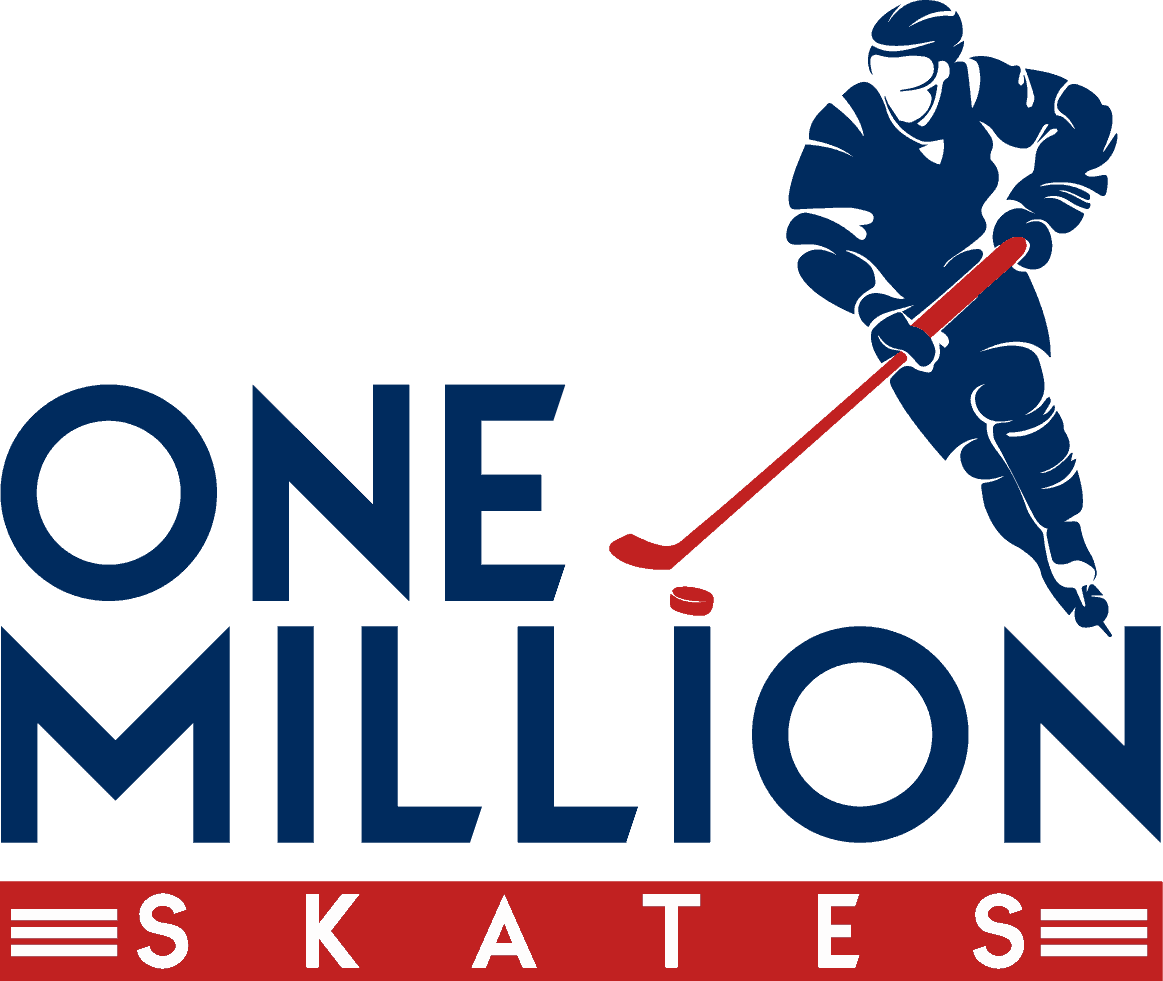If you’ve been playing hockey for a while, or have just purchased a new pair of hockey skates, you’ll need to know how to maintain your skates properly.
Keeping your skates sharp can affect how well you move on the ice.
It’s better to have razor-edged blades that make switching directions easier, than blunt ones that make you slower overall.
It can be hard to know when you should sharpen your hockey skates, particularly for beginners who have no prior experience in doing so.
We’ll cover how often you should be sharpening your skates in this article, including some significant factors that can wear down your blades that you should be aware of.
Keep reading to learn how often you should be sharpening your hockey skates!
How Often Do You Need To Sharpen Your Hockey Skates?
Many hockey players sharpen their skates every month, but how often you should be doing so depends on how regularly you skate.
Skating every day wears down the blades more, so you’ll need to sharpen these more frequently compared to those who skate weekly.
Professional players might have their skates sharpened before each game, while others only sharpen theirs once every year.
It can be difficult to assess how often you should be sharpening yours, but if you have two skating sessions each week, try sharpening your blades once every month.
Change this amount as necessary, going by your skating regimen and blade condition to judge whether you should sharpen your blades more or less often.
Factors That Affect Your Skate’s Blades
Some common factors can affect the condition of your skate’s blades:
Ice Temperature
The ice’s temperature will affect the condition of your skate’s blades. The colder the ice, the harder it will be. Harder surfaces will wear down your blades quicker than softer ones.
Outdoors Or Indoors
Whether you skate inside or outside can affect how often your blades need sharpening. Outdoor ice is usually colder, which means it will be harder than ice inside.
Harder ice will wear down your blades more than softer ice.
Outdoor ice can also have dirt and debris on the surface. This can range from stones, leaves, and sticks. The debris on the ice can affect your skates more than clean ice, resulting in blunt blades that need to be sharpened more.
Steel Condition
The quality of your steel blades will affect how often they need to be sharpened. Skates used for professional levels often use higher-quality steel.
This material can sustain contact longer than lower-quality steel, so it won’t need to be sharpened as much.
Conversely, less expensive blades that use lower-quality steel can wear down quicker than higher-quality steel. These blades can deteriorate faster, so they’ll need to be sharpened more often.
When Should You Sharpen Hockey Skates?

There are several ways of knowing when you should sharpen your blades. Keep monitoring how your blades fare on the ice.
Blunt blades can move in different directions, teeter about often, and prevent the wearer from turning in a controlled or composed manner.
Here are some signs to look out for that indicate your blades might have become dull:
- If you start finding it hard to turn fast or notice that your blades don’t cut into the ice as well as they did, you’ll probably need to sharpen your blades.
- Take your finger and (carefully!) move it along the edge of your blade. Look out for any dents or nicks on its surface. You’ll only need to touch the blade lightly to feel any flaws within the metal. Make sure that the blade feels sharp, not dull too.
- Examine your blade using a bright light, then check the blade’s metal. If you notice a reflection across its length, this indicates that the blade needs sharpening.
Once you start sharpening your skates, make a note of how often you sharpen or send the blades for sharpening. This can help you establish a schedule for the future.
Avoid sharpening the blades too much, as this can wear down the blades too much, making the skates unsuitable for hockey games.
Similarly, you’ll need to avoid not sharpening enough. Skating on dull blades can make it harder to control yourself on the ice, increasing the risk of injuries to you and other players.
How To Sharpen Hockey Skate Blades
If you’ve never sharpened skate blades before, it’s a good idea to send your blades to a professional sharpening service.
You can find sharpening tools to do the job yourself, but these are better for touch-ups or going over dents before games.
If you aren’t experienced, you can easily wear down these blades faster than originally planned.
In most cases, sharpening machines will go over your blades several times. The beginning movements are carried out through the cross-grind machine to eliminate nicks, rust, and dents.
Once these are removed, a sharpening stone is used to deliver the chosen hollow. Then lastly, the blades are passed over the stone a few more times to create a sharp edge.
A finishing stone will then remove any blemishes left over from the whole procedure.
Several machines and processes can be used to sharpen blades, but the finish will depend on how skilled the sharpener is.
It’s always a good idea to find quality places that do the job well, though it may be possible to amend a poor job later on.
You can read reviews online to judge the quality of a sharpening service, or go by word of mouth from friends and family that play hockey.
The Bottom Line
If you own hockey skates, you’ll need to get them sharpened eventually. Dull blades can make it harder to control yourself on the ice, resulting in poor athletic performance.
This can also lead to dangerous safety issues that can affect you and other hockey players.
You can purchase skate sharpening equipment, but if you’re inexperienced, it’s best to send it to a professional service that can do the job properly.
This can help avoid the cost of repairing poor work in the future.

